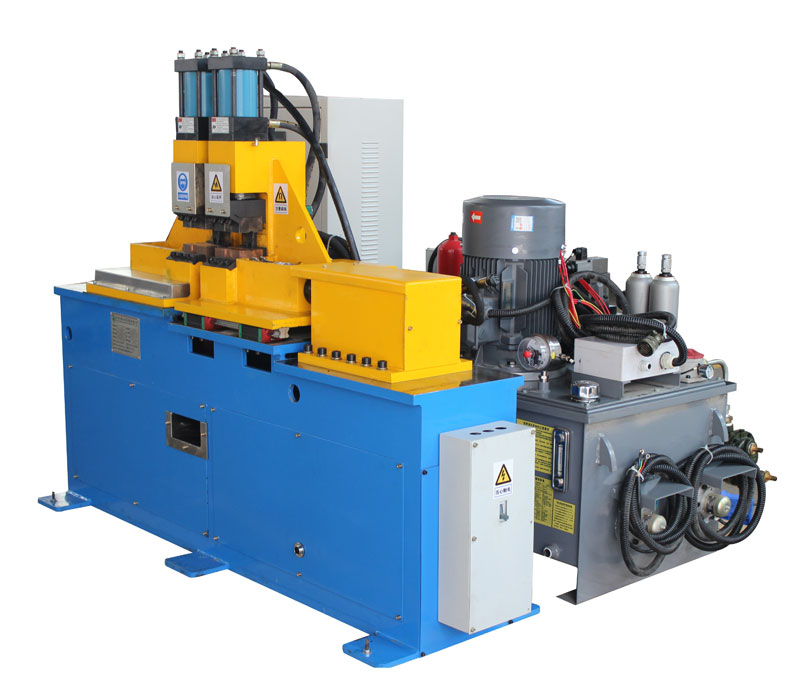Welding machines are essential tools in various industries, and their performance greatly depends on efficient heat dissipation. One common issue that can hinder their effectiveness is poor heat dissipation caused by flashing. In this article, we will explore the reasons behind this problem and discuss effective solutions.
1. Understanding Flashing in Welding Machines
Flashing is the sudden and intense release of light and heat during welding, often resulting from the electrical circuitry. When flashing occurs, it generates excess heat that can accumulate inside the machine, leading to poor heat dissipation.
2. Causes of Flashing
Flashing can have several causes:
a. Electrical Overload: Excessive current flowing through the welding machine can lead to flashing. Ensure that the machine’s electrical components are rated appropriately for the job.
b. Poor Wiring: Loose or damaged electrical connections can trigger flashing. Regularly inspect and maintain the machine’s wiring to prevent this issue.
c. Contaminated Components: Dust and debris on the welding machine’s components can also cause flashing. Keep the machine clean and free from contaminants.
3. Solutions to Improve Heat Dissipation
To solve the problem of poor heat dissipation in welding machines caused by flashing, consider the following solutions:
a. Maintain Proper Maintenance:
Regular maintenance is crucial for keeping your welding machine in good working condition. This includes cleaning the machine, tightening loose connections, and inspecting components for wear and tear.
b. Monitor Electrical Load:
To prevent electrical overload, make sure you are using the right welding parameters for the job. Avoid pushing the machine beyond its capacity, and use appropriate power sources.
c. Proper Ventilation:
Ensure that the welding machine has adequate ventilation. Proper air circulation around the machine helps dissipate heat more efficiently. Consider placing the machine in a well-ventilated area.
d. Use Heat Shields:
Heat shields can be installed to protect sensitive components from excessive heat generated during flashing. These shields can redirect the heat away from critical parts, improving their longevity.
e. Upgrading the Machine:
If flashing remains a persistent issue, it may be time to upgrade to a more advanced welding machine with better heat dissipation capabilities. Modern machines often come equipped with advanced cooling systems and features to prevent flashing.
In conclusion, poor heat dissipation in welding machines caused by flashing can lead to decreased performance and potential damage to the equipment. Regular maintenance, monitoring electrical load, ensuring proper ventilation, using heat shields, and considering machine upgrades are all effective ways to address this issue. By implementing these solutions, you can maximize the efficiency and lifespan of your welding machine.
Post time: Oct-26-2023



